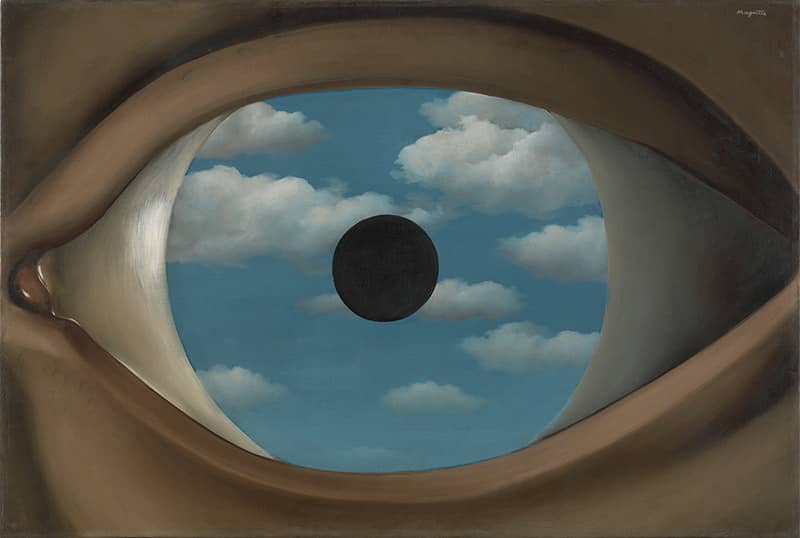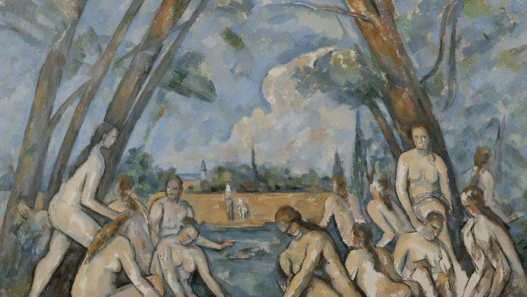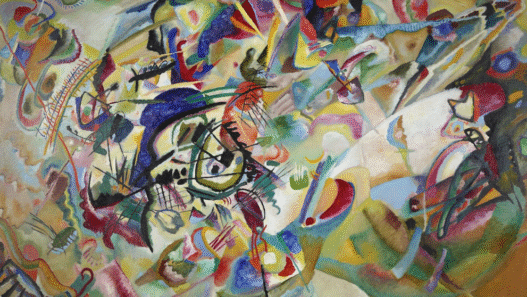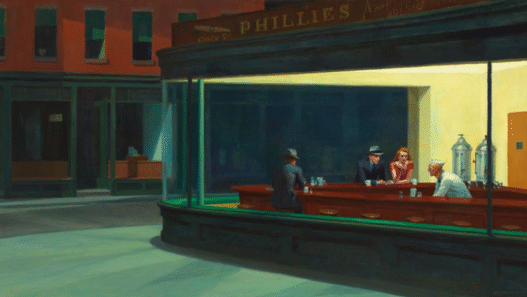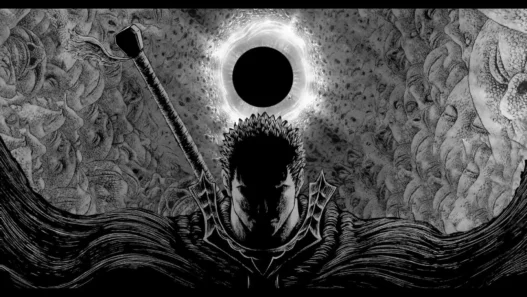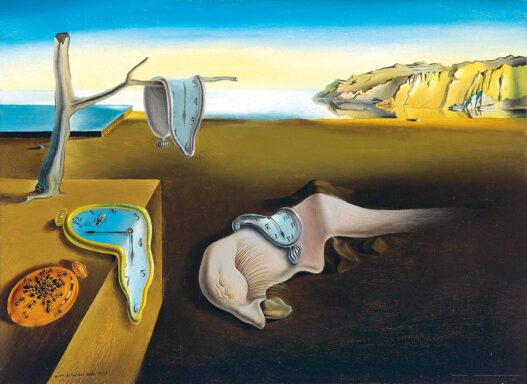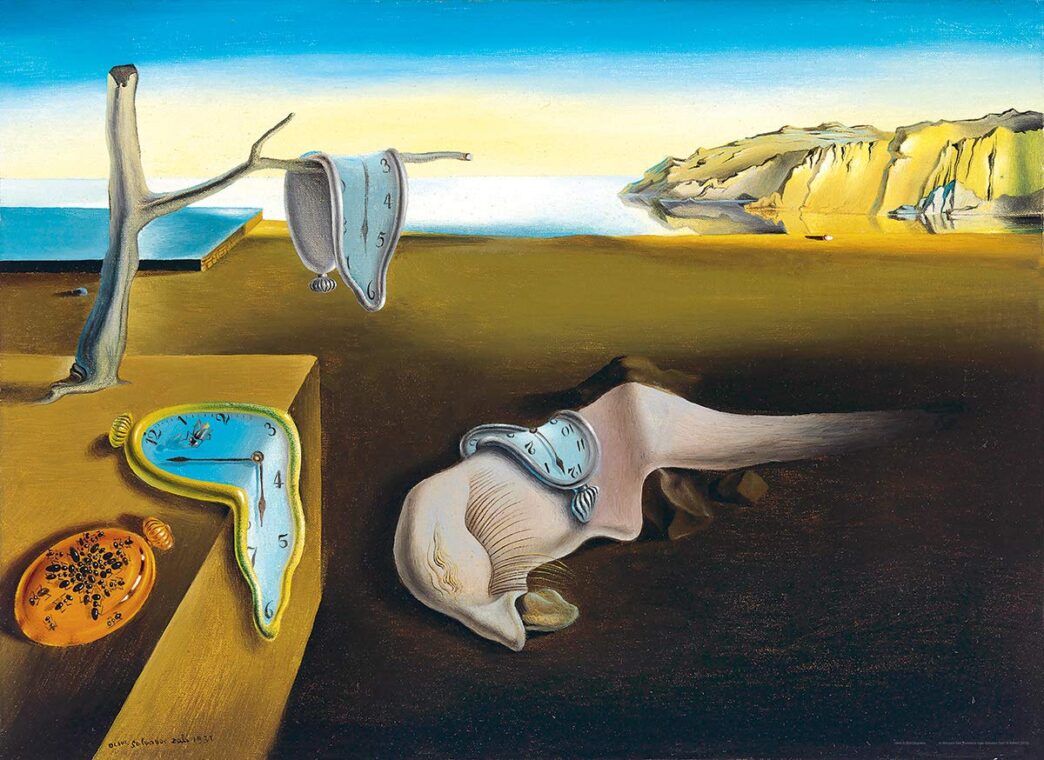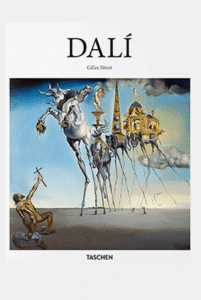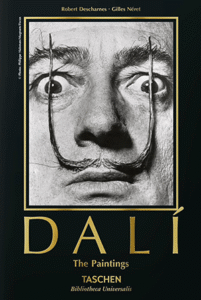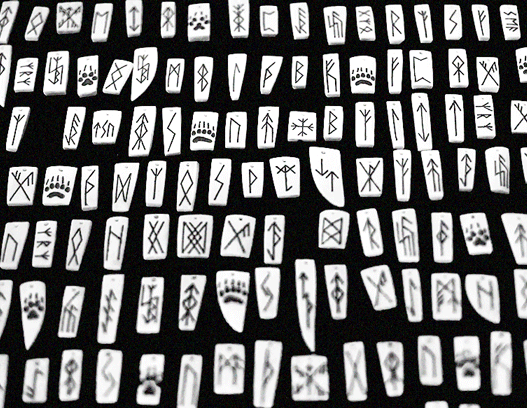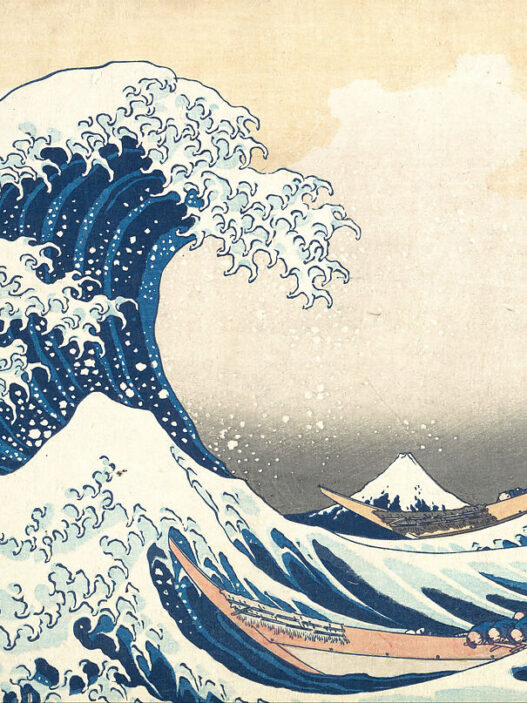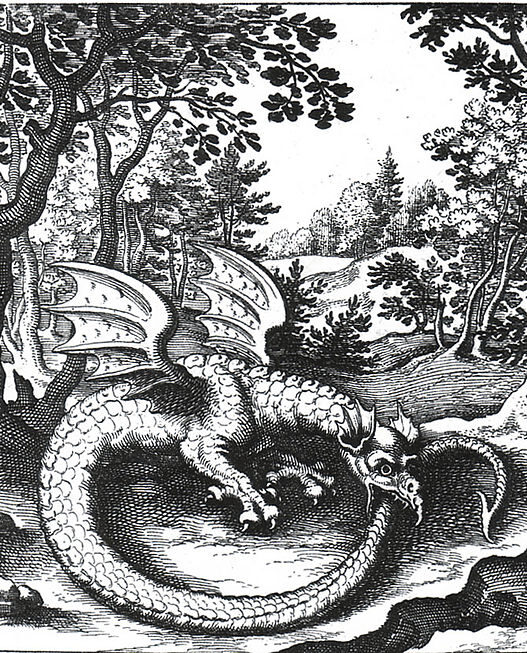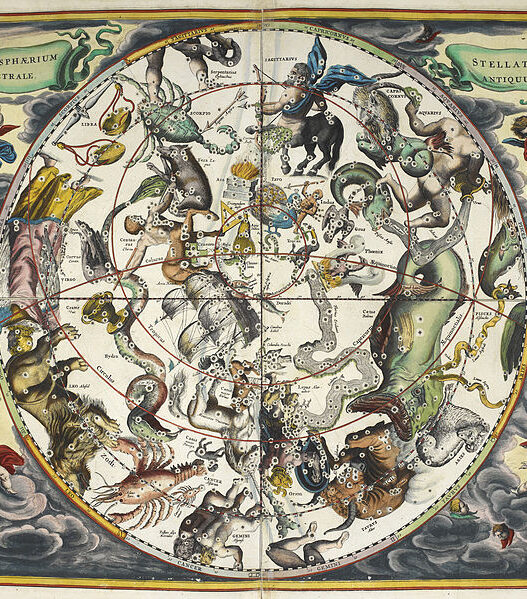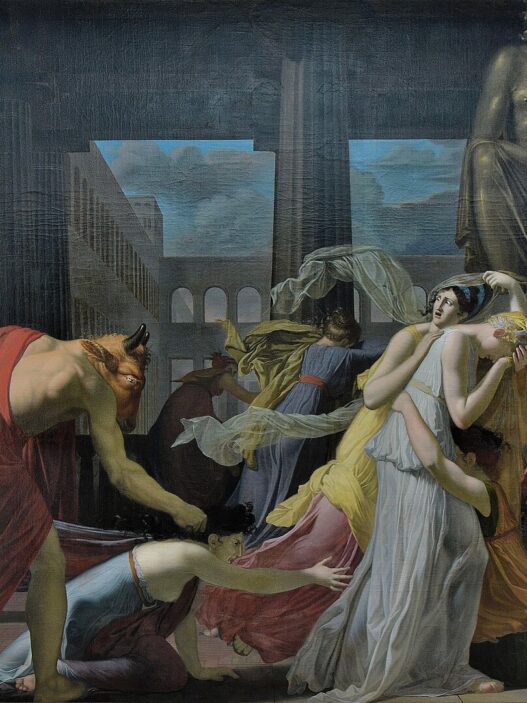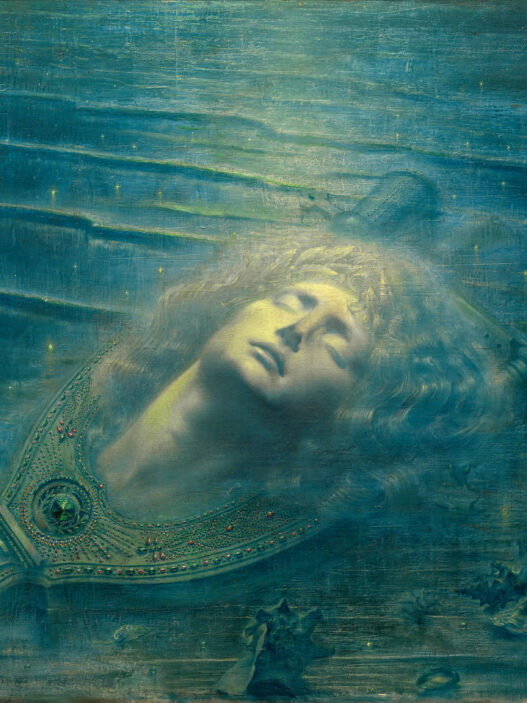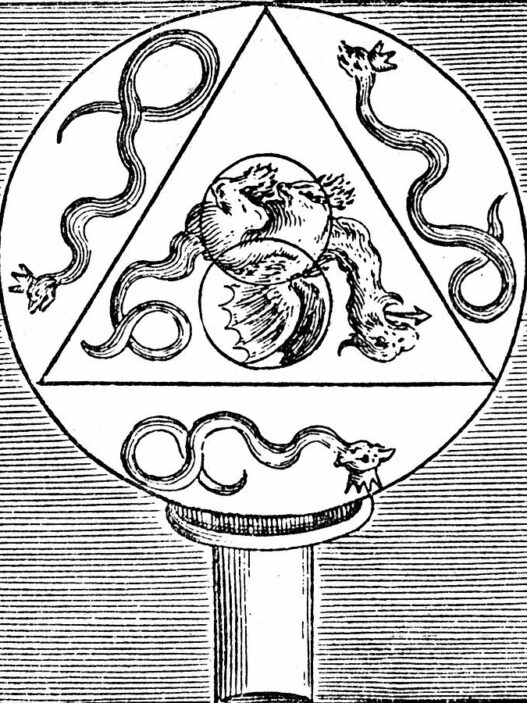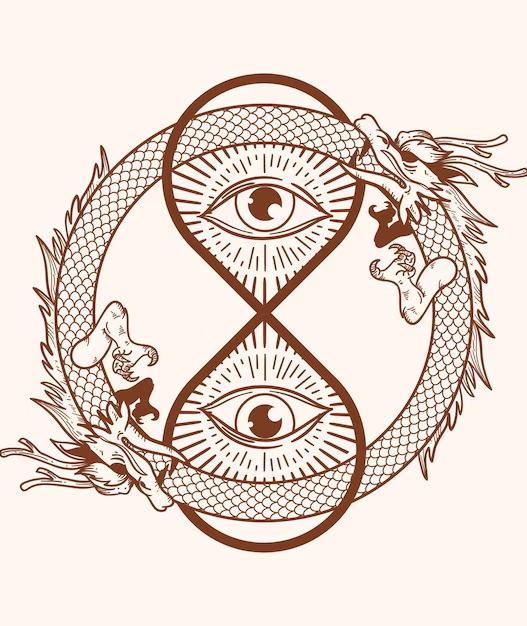Dali’s Time & Dreams
Salvador Dalí’s The Persistence of Memory is more than a surrealist painting, it’s a subconscious riddle. Famous for its melting clocks, this artwork forces us to question time, memory, and reality itself.
Salvador Dalí’s dreams and artistic style were heavily inspired by the psychoanalytic theories of Sigmund Freud and most can be found in The Interpretation of Dreams.
But what do all these bizarre symbols actually mean? Let’s break them down.
Melting Clocks: Time Is an Illusion?
The most iconic element in The Persistence of Memory Dalí’s surreal, soft, sagging clocks distorts our fundamental perception of time. These melting timepieces challenge the idea of linear, mechanical time, suggesting instead that time is fluid, subjective, and deeply tied to memory, emotion, and decay.
But, why are these clocks so important? We stare at them all day long either hoping to extend, or begging to escape, the moments they measure. In Dalí’s world, they refuse to behave. Like memory, it’s fragile. It slips, it distorts, and in the realm of dreams and emotion, it loses all meaning.
In Dalí’s surreal universe, time bends to the subconscious; it warps under the weight of personal history and psychological instability.
Let’s discuss this point:
What does time feel like when you’re dreaming, grieving, or remembering?
Dalí invites us to consider that time is not a constant, but a fragile, malleable concept shaped by our inner world. Is your memory of time as reliable as the clock on your wall, or does it too begin to melt under emotional weight?
Are we slaves to time, or is time something we’ve made up to feel in control?
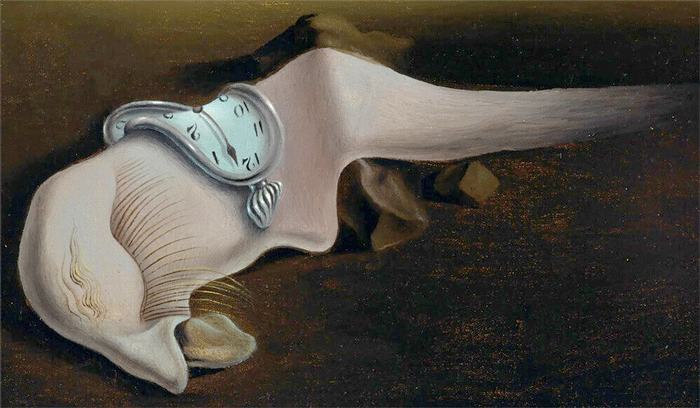
If you’re an artist like myself, you can pick up beautiful paper this October during their Paper Sale which will run from 3rd – 10th October 2025.
The Paper Sale will cover our full range of papers, including single sheets, blocks, pads, books, and rolls.
The Pale Creature: Symbol of Mental Decay?
In the centre of The Persistence of Memory, Salvador Dalí places a fleshy, pale, almost amorphous form, eyelashes fluttering from closed lids, lips sealed in silence. But what are we looking at? Is this distorted creature a surreal self-portrait, or something far more unsettling?
Many interpretations suggest that this shape is Dalí’s subconscious made flesh, a dreamlike exposure of the artist’s inner psychological terrain, stripped of vanity or identity. Others see it as the embodiment of decay, a metaphor for a dissolving sense of self. With its fluid, organic texture, this ghostlike figure seems to dissolve into the landscape itself, a mind melting under the weight of time and perception.
The real question becomes:
- Is this a vision of inner peace achieved through ego death?
- Or is it a visualisation of psychological disintegration, where identity is no longer solid, and self-awareness turns on itself?
Dalí plays with symbols every artist should know, dreams, the unconscious, death, and transformation, presenting us with a paradox: the sleeping body and the waking mind are no longer separate.
This kind of imagery invites not just analysis, but existential confrontation. In a world where time bends and meaning slips away, what remains of the self?
This hallucinatory self-exposure echoes themes explored in our post on The Symbolism of the Labyrinth, where one’s psychological landscape becomes a twisting maze. Dalí’s Pale Creature is not just a portrait, it’s a riddle of existential symbolism.
If you’re interested in how Dalí created The Persistence of Memory, this blog explores the techniques, symbolism, and imagination behind his iconic masterpiece.
Ants on the Clock: Death Is Crawling In
Salvador Dalí frequently used ants in his surrealist paintings as unsettling yet powerful symbols of decay, mortality, and impermanence.
In works like The Persistence of Memory, ants swarm a metallic pocket watch, a striking juxtaposition of man-made precision and nature’s unstoppable force. The symbolism here is rich: the ants don’t just represent decomposition; they challenge our trust in time itself.
Dalí’s imagery suggests that if time is an artificial human construct, then nature, erosion, and entropy will always reclaim what we create. The use of insects in this context forces us to confront the ephemeral nature of our systems, echoing themes found throughout symbolist and surrealist art.
This interplay between natural symbolism and human constructs can also be seen in Arnold Böcklin’s haunting painting The Sacred Grove, where classical architecture is overtaken by a dark, otherworldly forest. In both works, the message is clear: nature is eternal; human control is fleeting. For a deeper exploration of this theme, visit our post on Symbolism in Böcklin’s The Sacred Grove.
Distant Landscape
Behind the chaos, there’s a calm coastal landscape modelled on Dalí’s home in Catalonia. But even that seems dreamlike, eerily still, and unreachable.
Is this a memory of home or a hallucination? And can you ever return to the real world once it’s been filtered through dreams?
The Surrealism Behind It All
Dalí was heavily influenced by Freud’s theory of dreams, where repressed emotions surface through symbolic imagery. The Persistence of Memory is a painted dream but whose dream?
But whose dream is it? Is this a window into Dalí’s own subconscious fears and anxieties, or does it invite viewers to confront their own hidden emotions and distorted perceptions of time and existence? The ambiguity and layered symbolism invite endless interpretation, making The Persistence of Memory a timeless exploration of the human psyche.
Start Your Painting Journey
I’m a huge fan of digital painting and use Clip Studio Paint daily. It’s a brilliant tool for recreating Dalí-inspired works with layers, brushes, and textures that feel just like traditional pastels.
Plus, you can try it risk-free with up to 6 months free trial for new users on your operating system.
To get you started, here are some great features to keep in mind.
